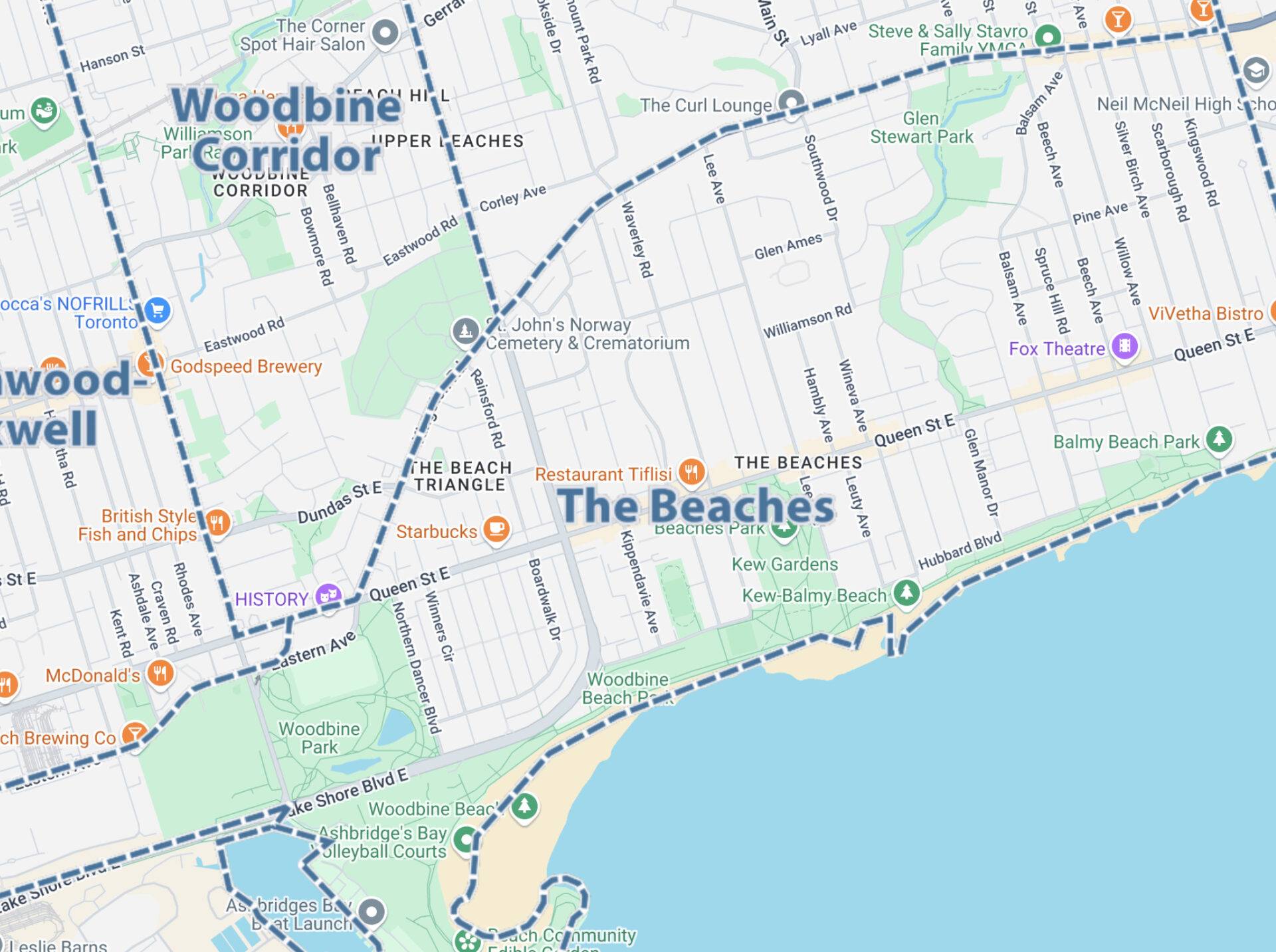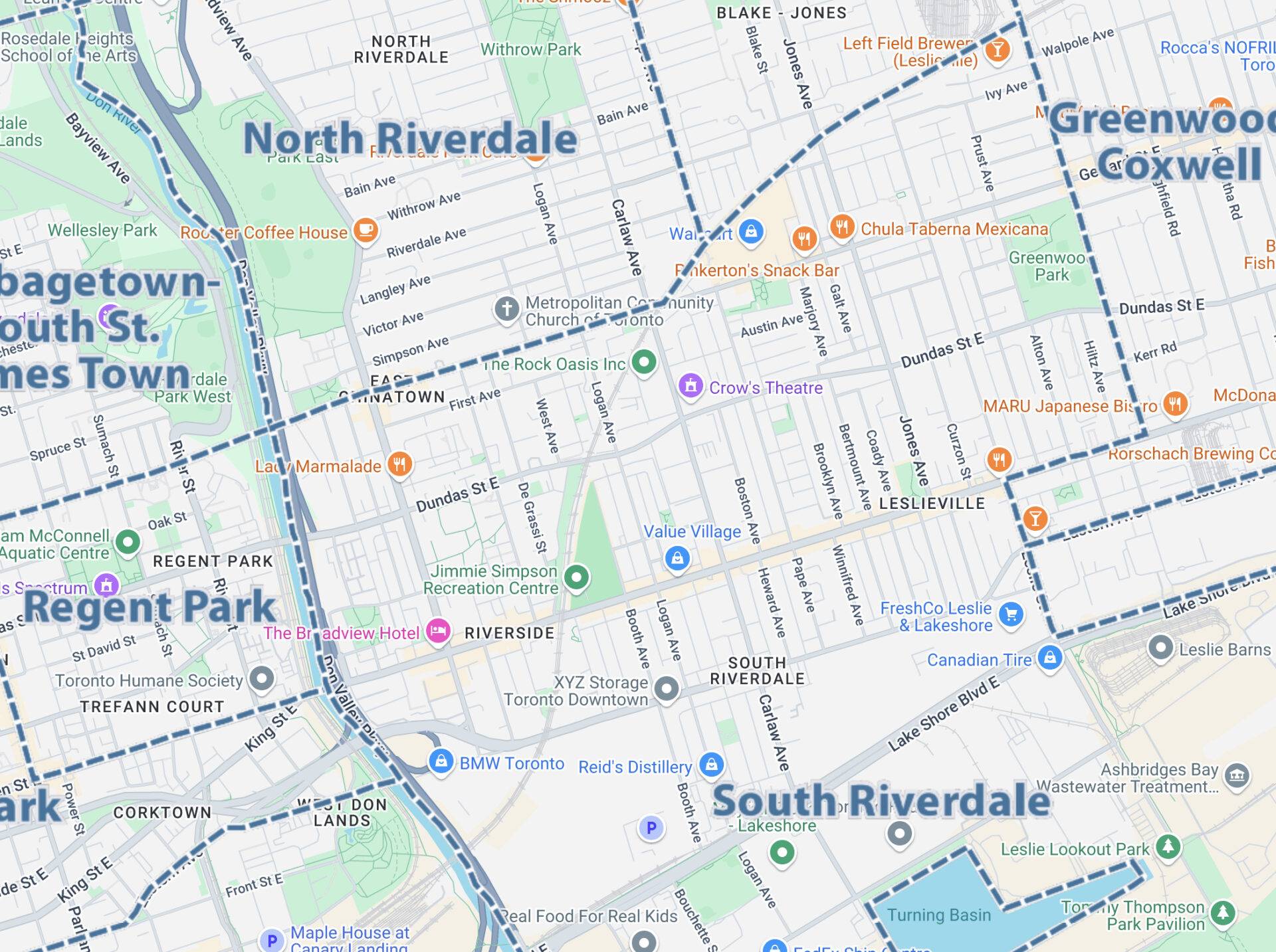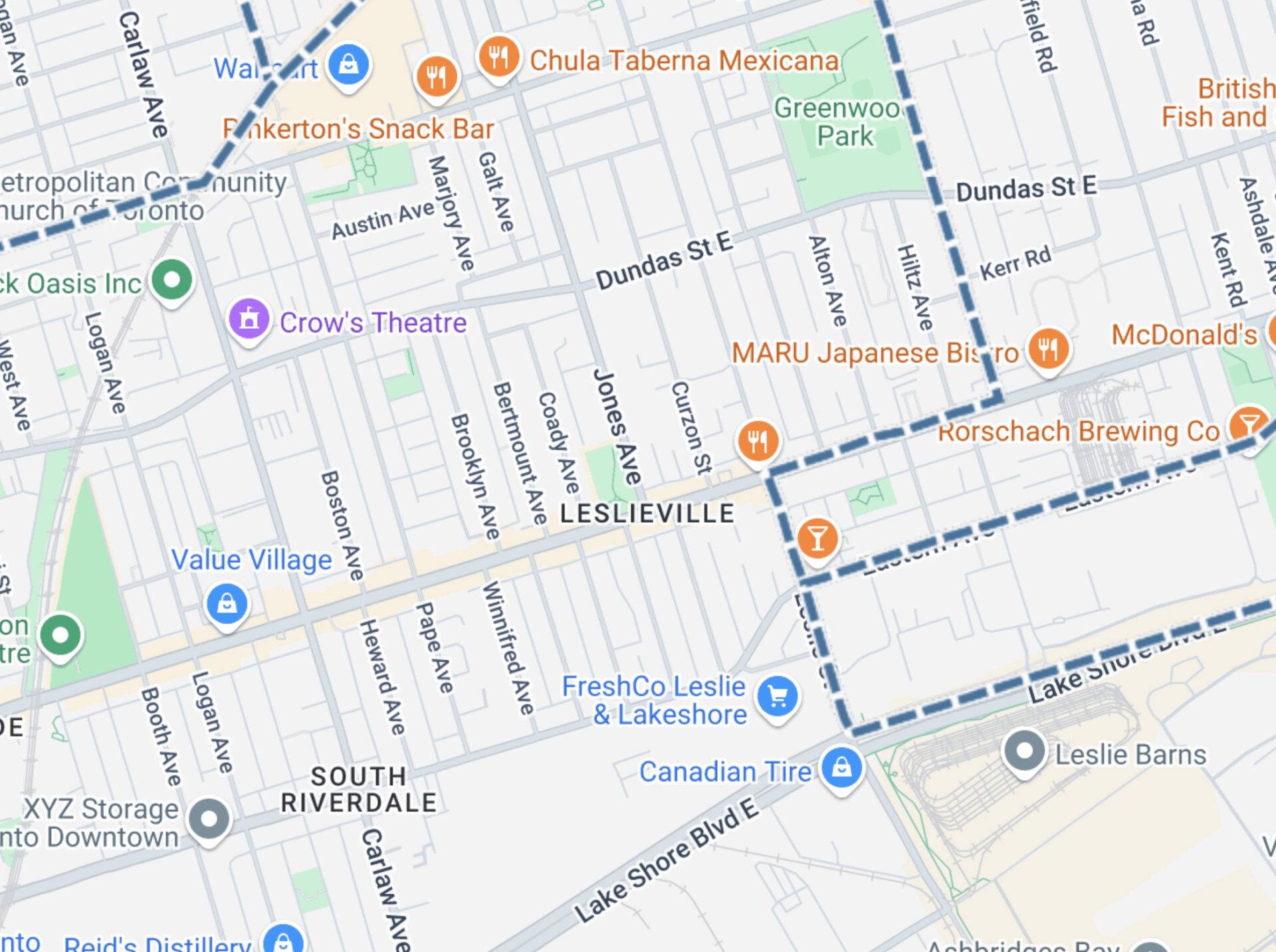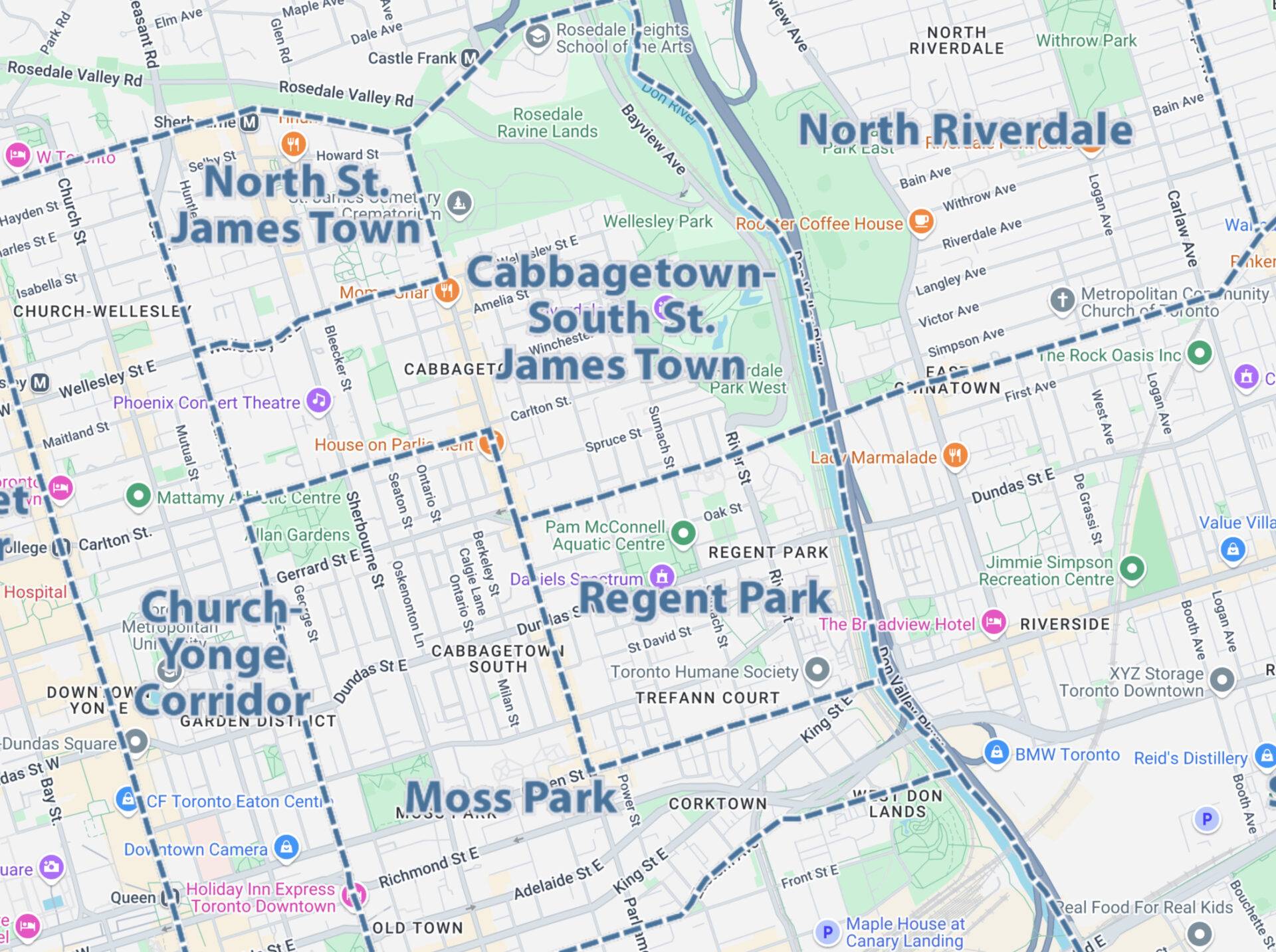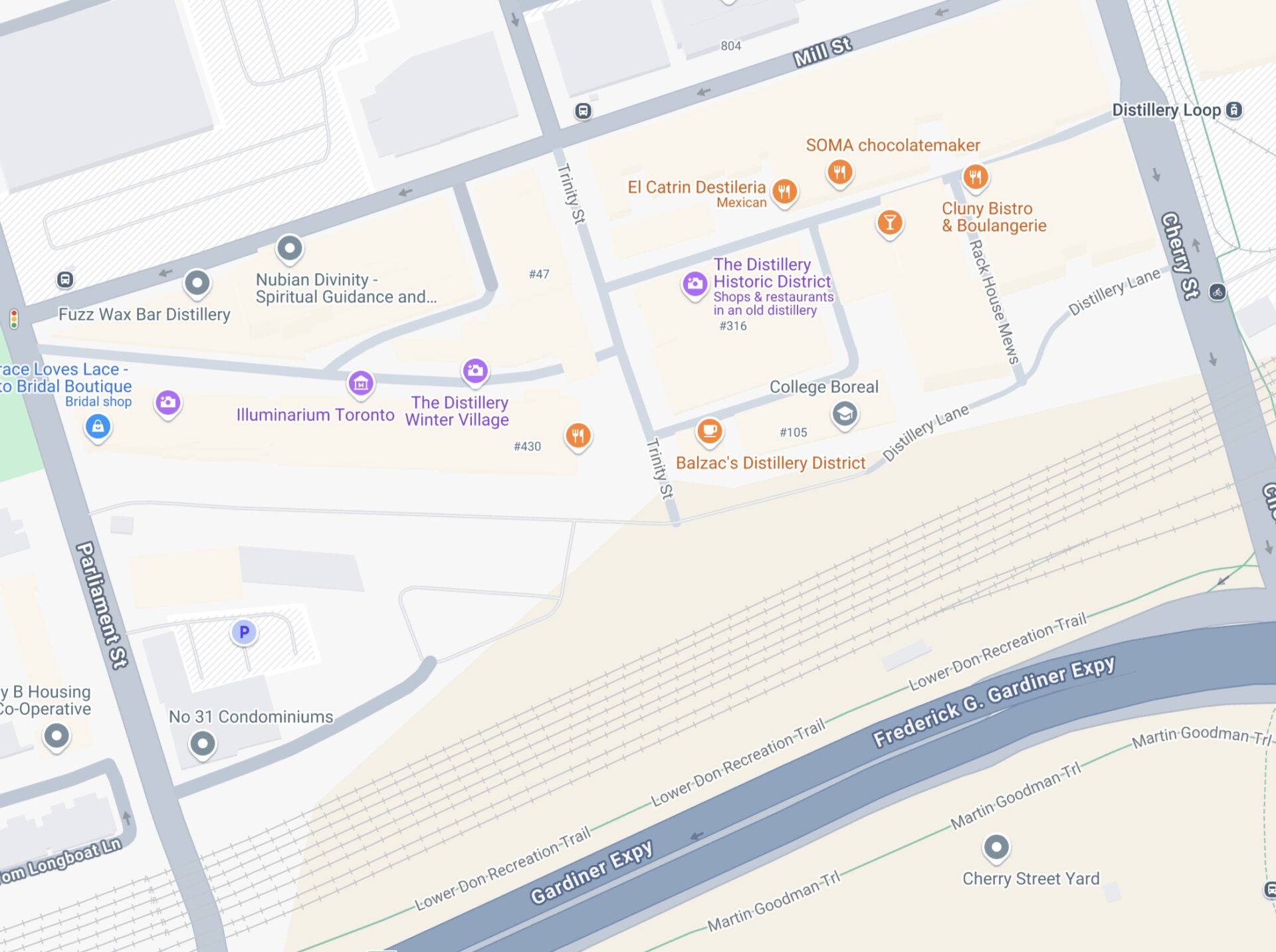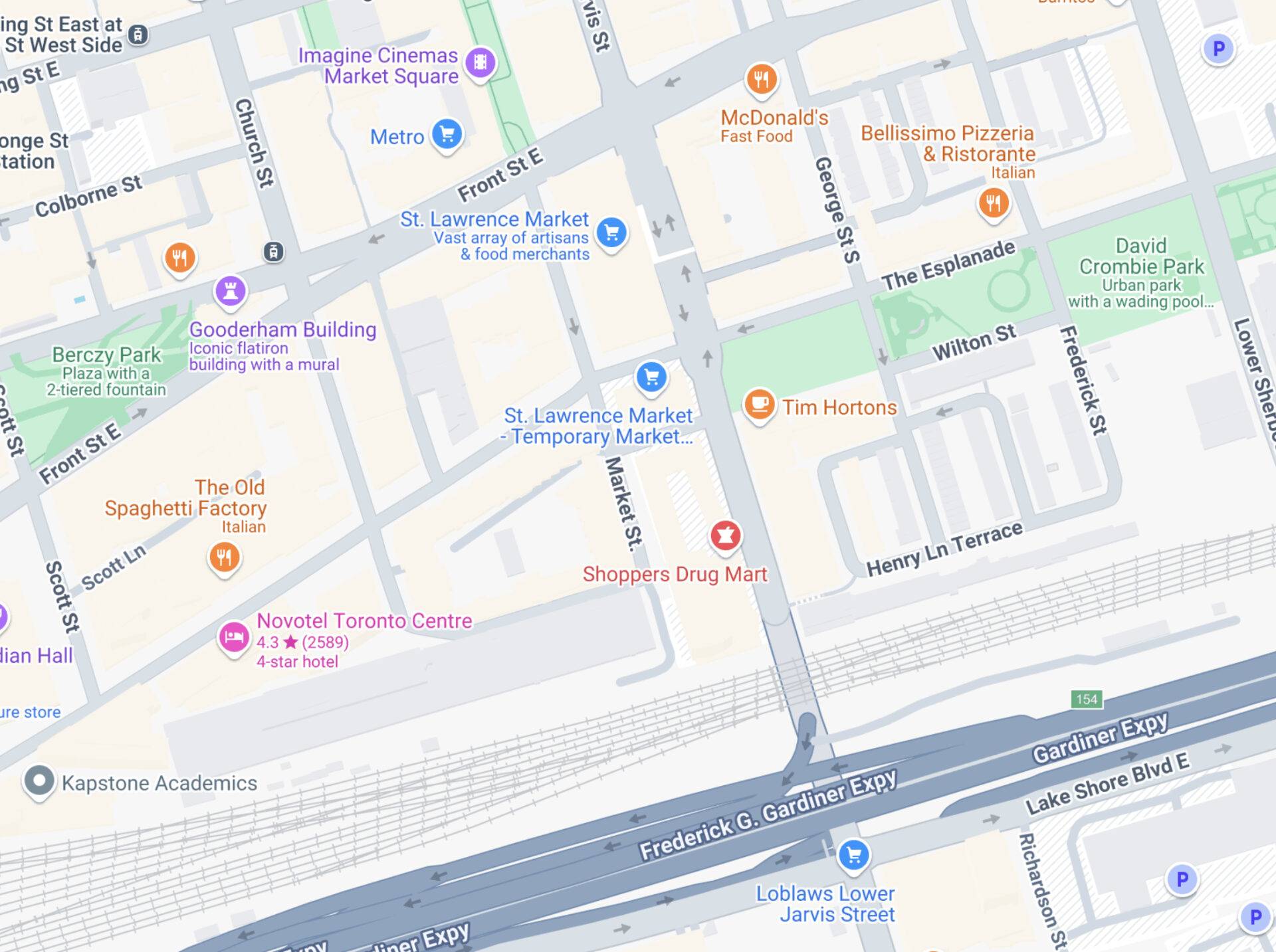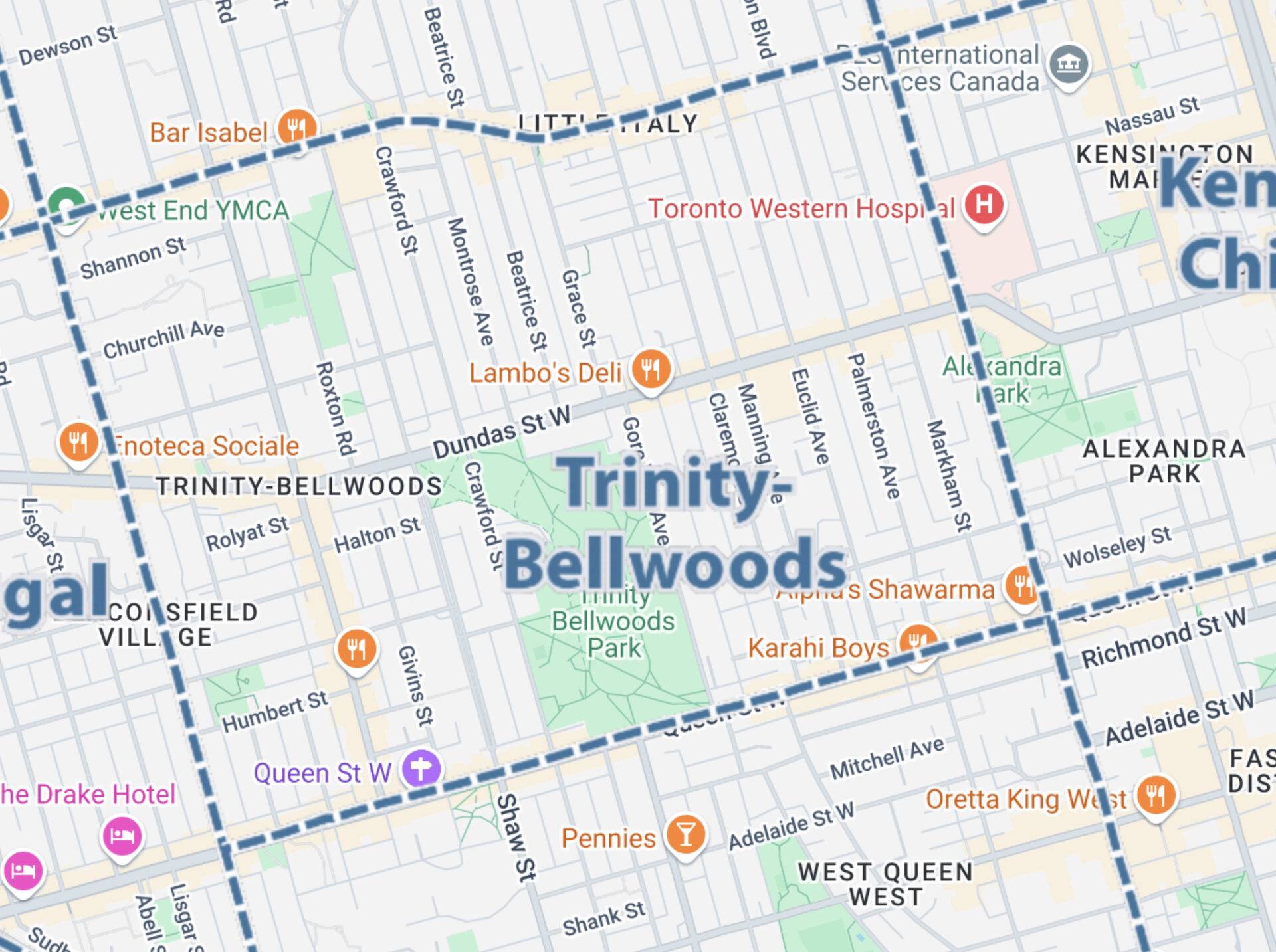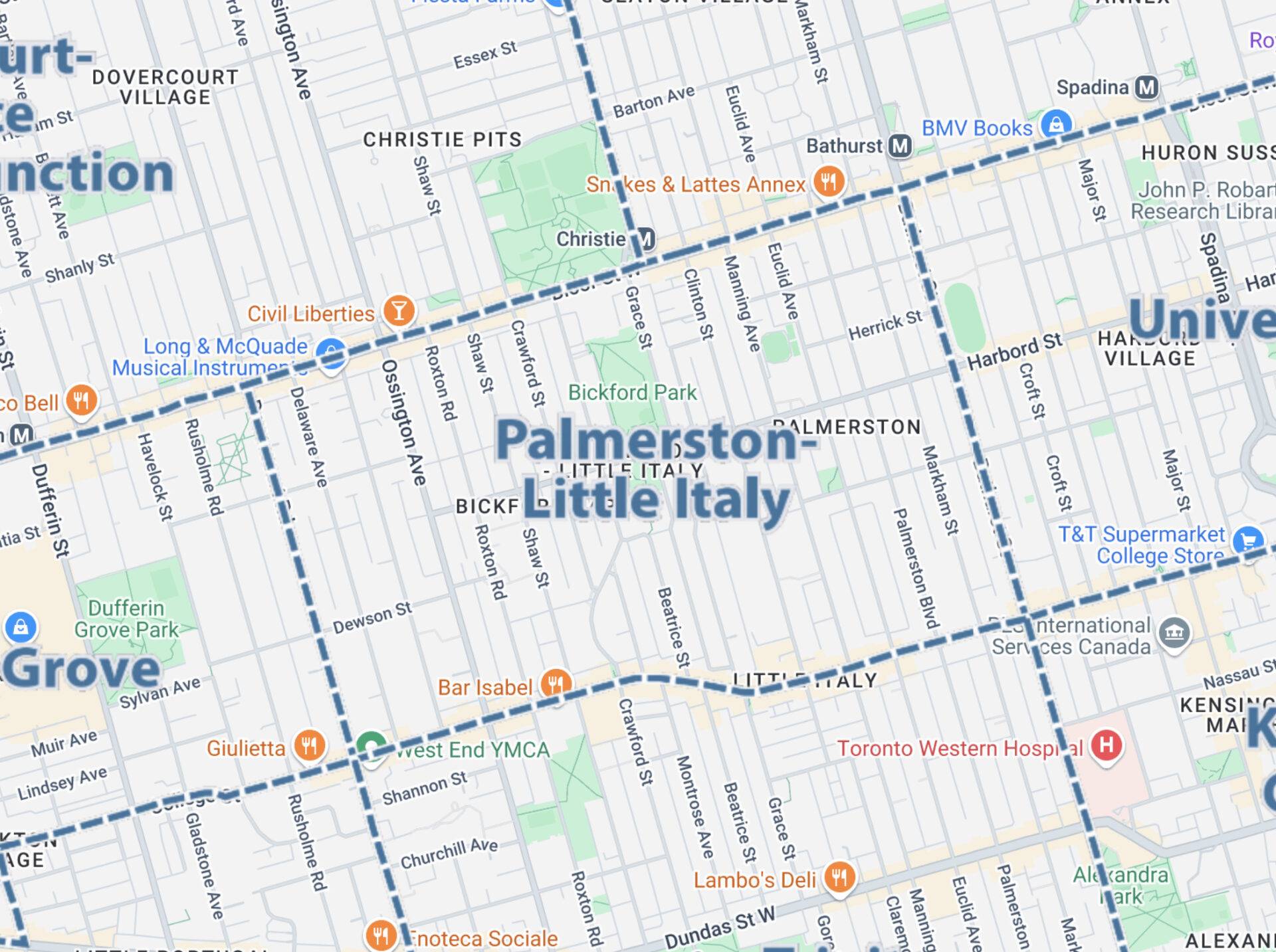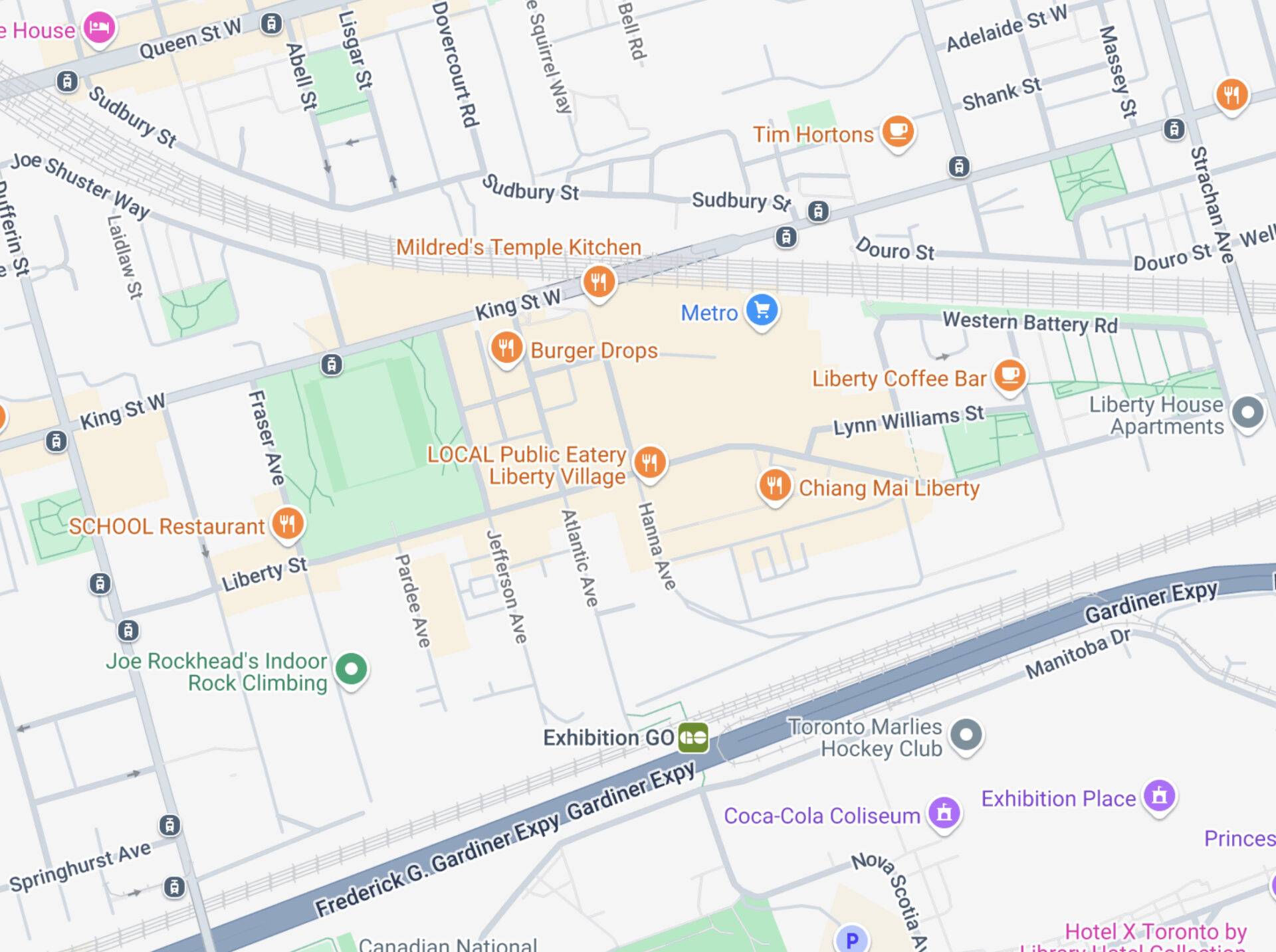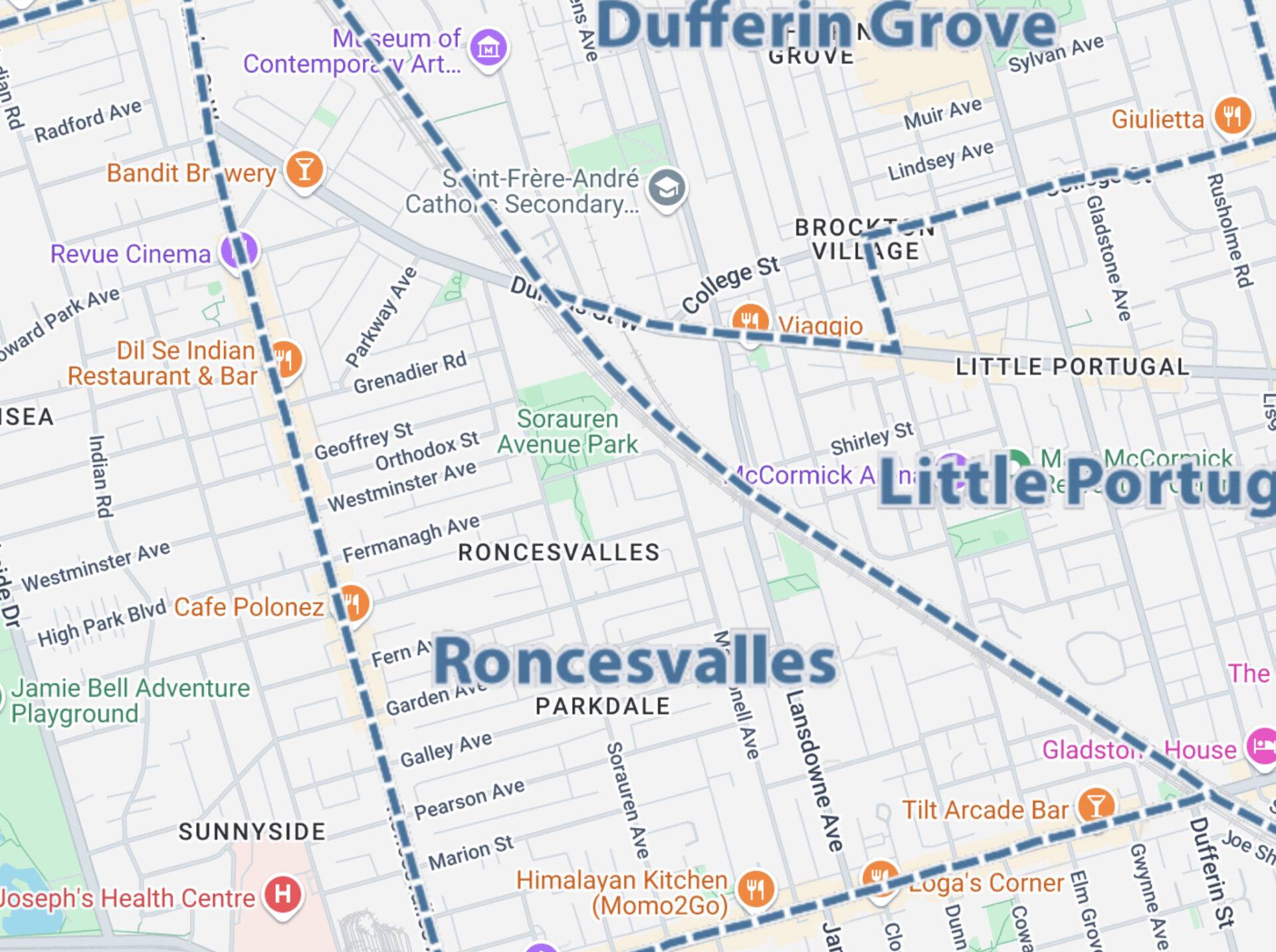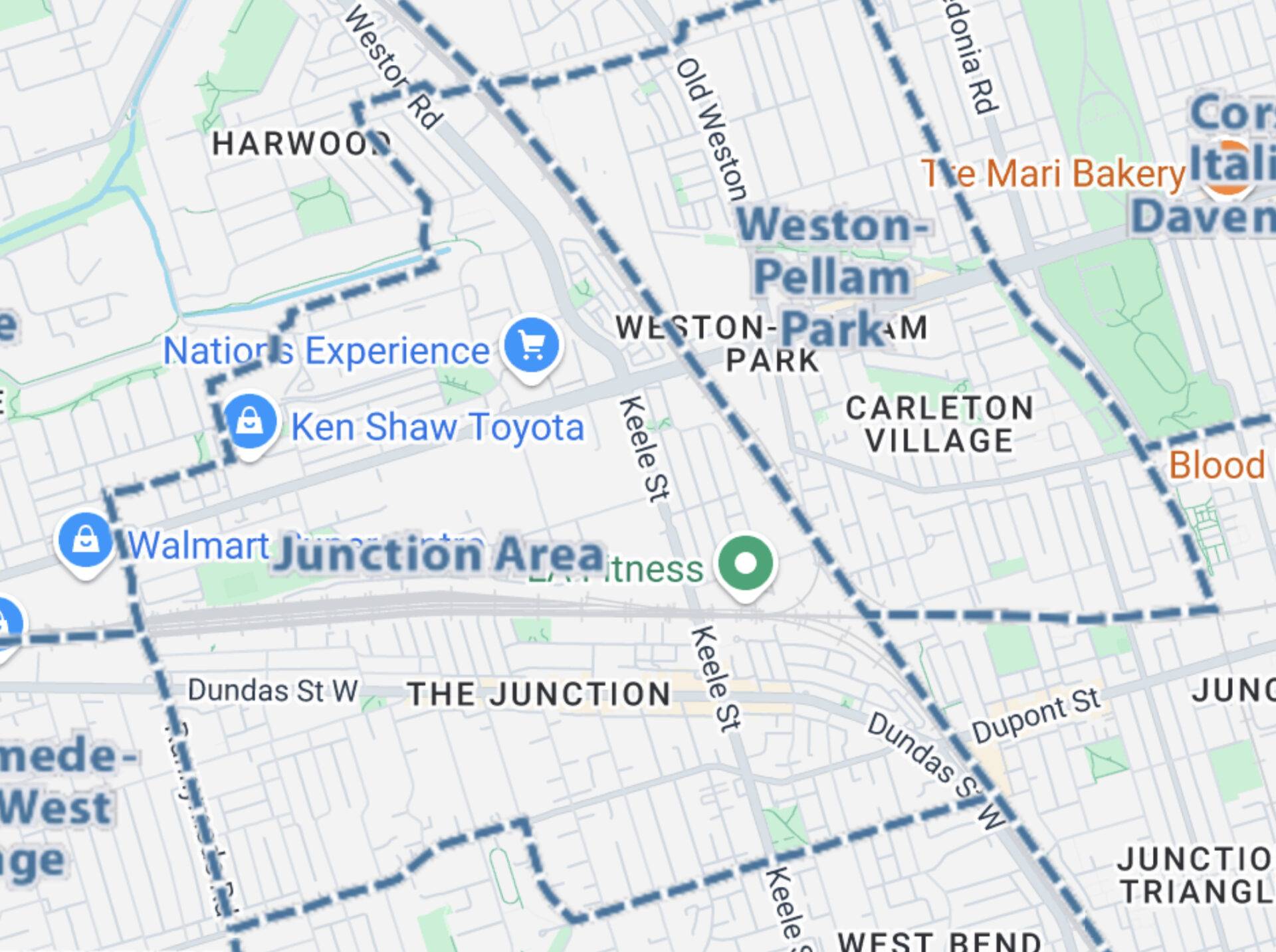Riverdale is one of Toronto’s most vibrant and sought-after neighborhoods, known for its rich history, diverse culture, and strong sense of community. Located in the city’s east end, it is bounded by Danforth Avenue to the north, Jones Avenue and Leslieville to the east, Lake Shore Boulevard to the south, and the Don River Valley to the west. This area seamlessly blends historic charm with modern urban living, making it a desirable place to call home.
The neighborhood’s architectural landscape is dominated by late 19th-century Victorian and Edwardian homes, many of which have been carefully restored to retain their historic beauty while incorporating modern amenities. Originally built as boarding houses for working-class residents, these homes now attract young families and professionals who are drawn to Riverdale’s unique character and convenient proximity to downtown Toronto.
Riverdale is celebrated for its multicultural vibrancy, evident in its food, culture, and local events. Danforth Avenue, affectionately known as “The Danforth,” is a hub for Greek culture and cuisine, boasting an array of authentic restaurants, bakeries, and shops. Just south, East Chinatown at Broadview Avenue and Gerrard Street offers a rich mix of Chinese and Vietnamese eateries and stores, creating a lively atmosphere that draws visitors and residents alike.
Outdoor enthusiasts are well-served by Riverdale’s abundance of green spaces, including Withrow Park, Riverdale Park, and Jimmie Simpson Park. These parks offer year-round recreational opportunities, from summer picnics and sports to winter tobogganing. Riverdale Park, in particular, provides stunning views of Toronto’s skyline and is home to the beloved Riverdale Farm, a charming representation of a 19th-century Ontario farm where visitors can experience rural life in an urban setting.
With its mix of historic homes, diverse cultural influences, and ample recreational amenities, Riverdale embodies the best of Toronto’s urban lifestyle. Its thriving community, combined with easy access to transit and vibrant local businesses, makes it a welcoming and dynamic neighborhood for people of all ages.
